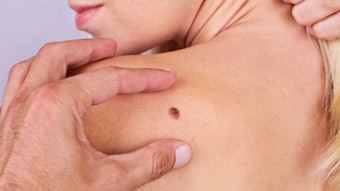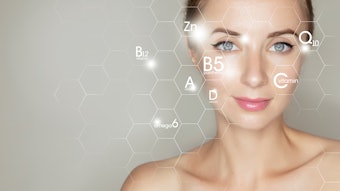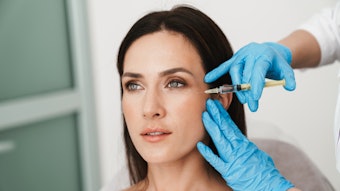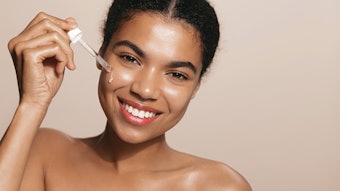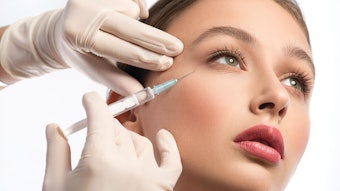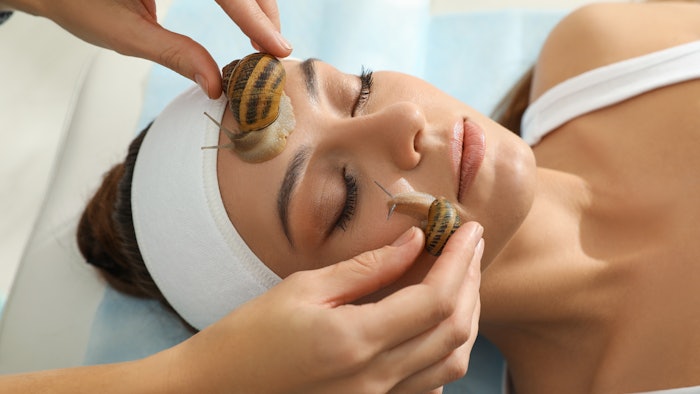
Snail mucin has been a buzzword in the skin care industry for quite some time now for its anti-aging and skin perfecting effects. After taking off on social media outlets like TikTok, the ingredients has launched into a full blow skin treatment: the snail facial. This targeted treatment applies snail mucin directly on the skin and is quickly gaining popularity around the world.
To get the 411 on this growing trend, we chatted with Dr. Tina Alster, Co-Founder and Formulator for The A Method. The skin care pro shared her expertise on the facial and what you should know regarding this trending ingredient.
SI: What is the snail facial?
The snail facial is a spa treatment that involves the application of snail mucin, which is the mucus secreted by snails, directly onto skin. This facial gained popularity due to trending popularity in Korean skin care and for its potential skin benefits – such as humectant hydration, skin repair and a myriad of anti-aging effects.
SI: What are the skin benefits of using snail mucin?
Snail mucin contains various compounds like glycoproteins, hyaluronic acid, glycolic acid, and enzymes that can offer multiple benefits to the skin. It's believed to help moisturize and hydrate skin from within, nourish collagen, improve skin texture and elasticity, and reduce the appearance of fine lines and wrinkles. Additionally, snail mucin may have anti-inflammatory and wound-healing properties, making it a suitable hydrator for those with sensitive or compromised skin.
SI: How can snail ingredients be incorporated into spa treatments?
Snail ingredients can be incorporated into spa treatments through various products such as masks, serums, creams, and even exfoliating scrubs. Spa professionals can create customized facials or treatments that include snail mucin-based products to provide clients with the potential benefits of hydration, skin rejuvenation and anti-aging effects.
Related: Snail Mucin’s Versatile Skin Care Potential
SI: How can spa professionals market their use of this trendy ingredient?
Spa professionals can market the use of snail ingredients by highlighting the unique benefits of snail mucin, such as its moisturizing, anti-aging, and healing properties. They can also emphasize the natural origin of the ingredient and its potential to address various skin concerns. Social media platforms, websites, and brochures can be used to showcase before-and-after photos, client testimonials, and educational content about the benefits of snail mucin in skin care.
SI: Why do you believe this has become a trending ingredient?
The trend of using snail mucin in skin care products can be attributed to its potential effectiveness in addressing common skin concerns. As people are constantly seeking innovative and natural solutions for their skin care needs, snail mucin gained attention due to its unique blend of compounds that offer hydration, repair and anti-aging effects. There is also much to be said about the power of social media. We’ve seen multiple ingredients go “viral” over recent years due to social media influence.
SI: What is the difference between using live snails in a facial and products with snail mucin?
Using live snails in a facial involves the direct application of live snails on the face, allowing them to move around while their mucus comes into contact with the skin. This practice is often seen in some spa treatments, particularly in certain parts of the world. On the other hand, products with snail mucin contain the extracted and processed mucus from snails. These products are formulated to deliver the potential skin benefits of snail mucin without the need for live snails on the face. The primary difference lies in the application method and the level of direct contact with live creatures, which some people find less-than-desirable.

